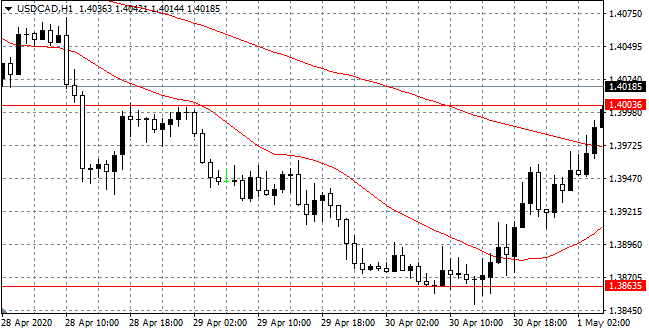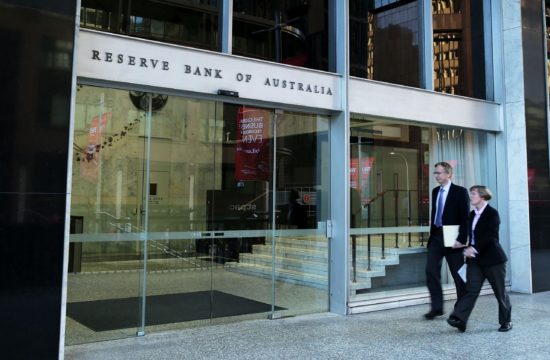How the banking sector chooses to respond to the significant impact caused by the COVID-19 pandemic will have a major influence on how the financial system evolves over the next decade.
The pandemic has posed significant challenges to both our economy and the financial system as a whole. We expect it will take some time before we see a full recovery, Reserve Bank – Te Pūtea Matua Deputy Governor and General Manager of Financial Stability Geoff Bascand said in a speech delivered today.
“New Zealand’s financial sector has proved resilient to the dual health and economic shocks and indeed, supported the business and household sectors through strong business continuity arrangements, the accommodation of many customers through the restructuring of borrowing terms, and only a relatively modest tightening of lending standards.
“A financial crisis and ‘credit crunch’ on top of an economic crisis would be hugely disruptive for New Zealanders’ wellbeing. The ability of financial institutions to absorb shocks, accept risk and continue lending in the face of shocks is foundational to our regulatory framework.”
Banks entered the crisis having built up strong capital and liquidity buffers boosted by a number of years of favourable economic performance, and anticipation of the implementation of the Reserve Bank’s Capital Review. The Reserve Bank delayed implementing the review’s outcomes during the initial COVID-19 response, to allow banks to focus on supporting their customers, and the Reserve Bank remains committed to fully implementing the review’s outcomes no earlier than July 2021.

“Banks’ initial responses to the COVID-induced lockdown was strong. Banks stepped up and supported their customers with mortgage deferrals, liquidity facilities, and covenant relief. But a key determinant of the success of New Zealand’s economic recovery to come will be the willingness of banks to lend to productive, job-rich sectors of the economy. The banking sector could choose to hunker down and seek to ride out the storm until the good times roll around again. Or, it could continue to step up and play a crucial part in supporting New Zealand’s economic recovery,” Mr Bascand says.
“Now is the time for banks to drawdown prudently on their buffers to support their customers. Shareholders will have to be patient for longer-term payoffs, but this forward-thinking, long-term approach will stand bank customers, banks, shareholders, the financial system and Aotearoa in the best position.”
Beyond the immediate crisis, the banking sector must confront long-term low interest rates, and an eye to the future will also pay heed to emerging risks and structural disruption from accelerating digitisation and new forms of competition. Increasing internal investment, clarity of business models and customer focus, and strong risk management will be required. Managing customer, investor and regulator expectations in the face of persistent structural changes and an evolving risk environment will require strong organisational leadership and governance.
The COVID-19 crisis has reinforced the Reserve Bank’s focus on both resilience and risk management – which is evolving to be more attuned to the changing structures and dynamics in the financial sector, including the implications of cyber risks, FinTech, climate risks and the economy’s increasing reliance on payments systems stability. These longer-term structural changes in the sector highlight the importance of a regulatory system and perimeter that can adapt to non-traditional financial entities, which is a key consideration of Phase 2 of the Review of the Reserve Bank Act.














